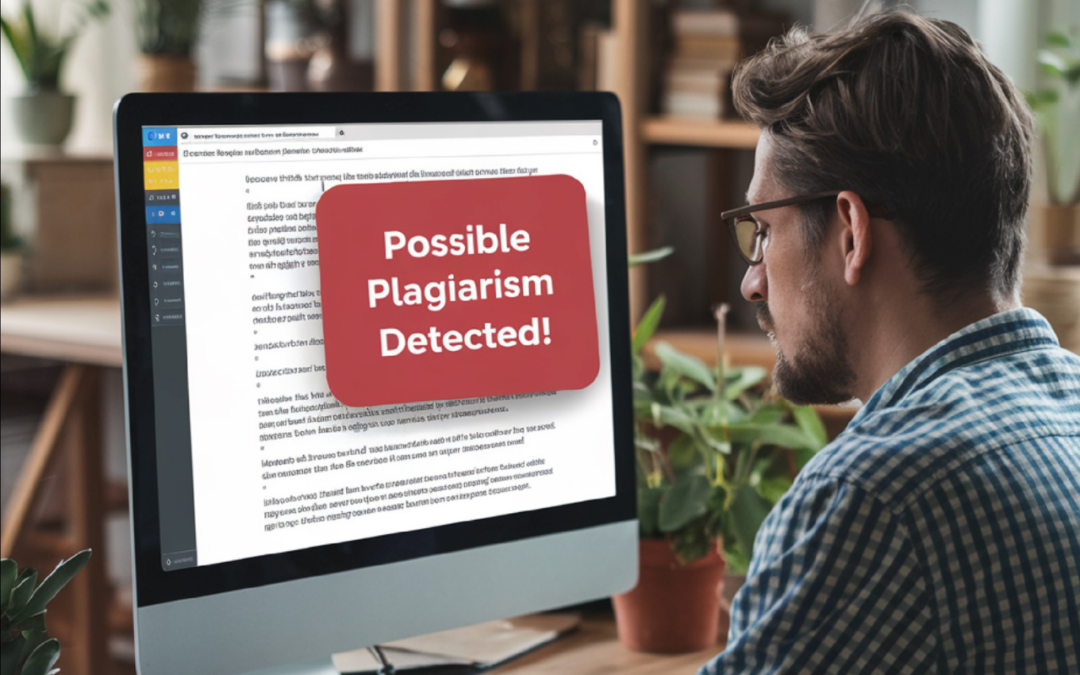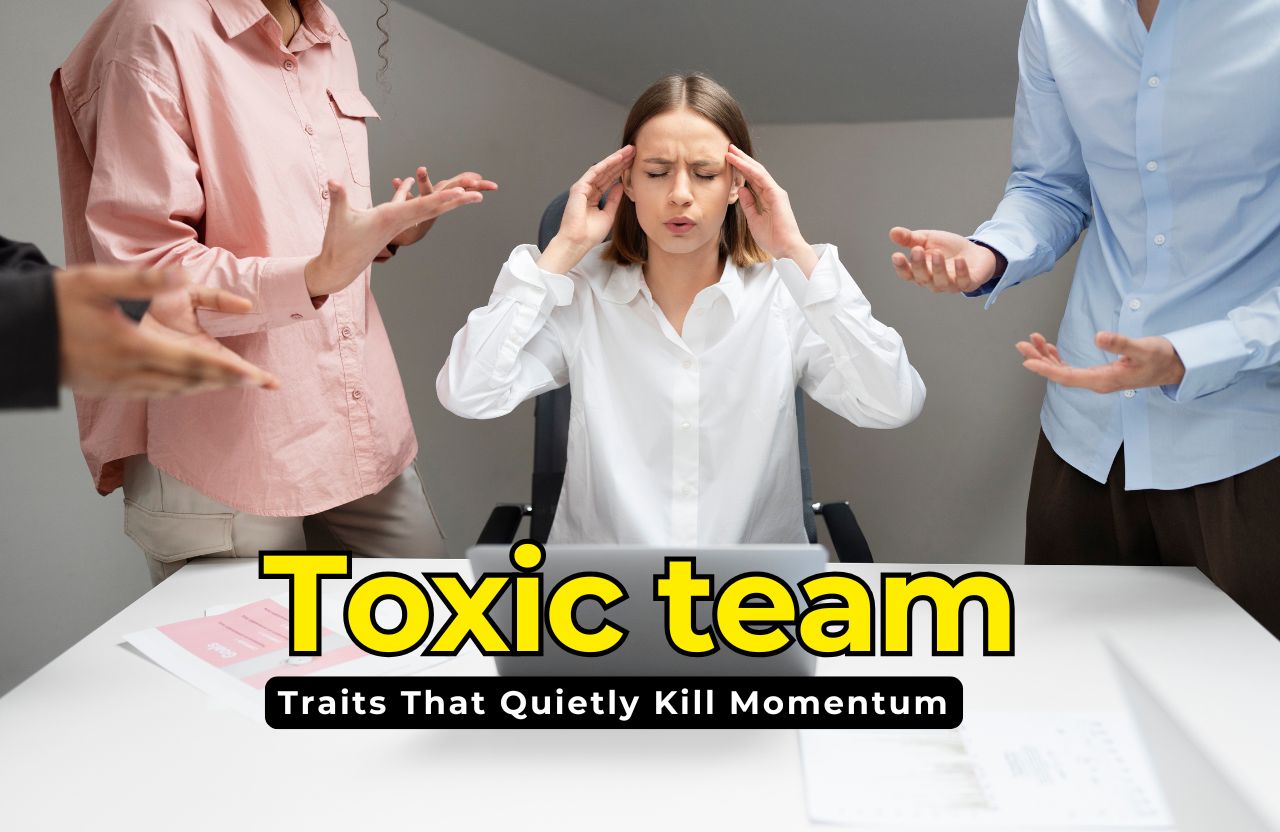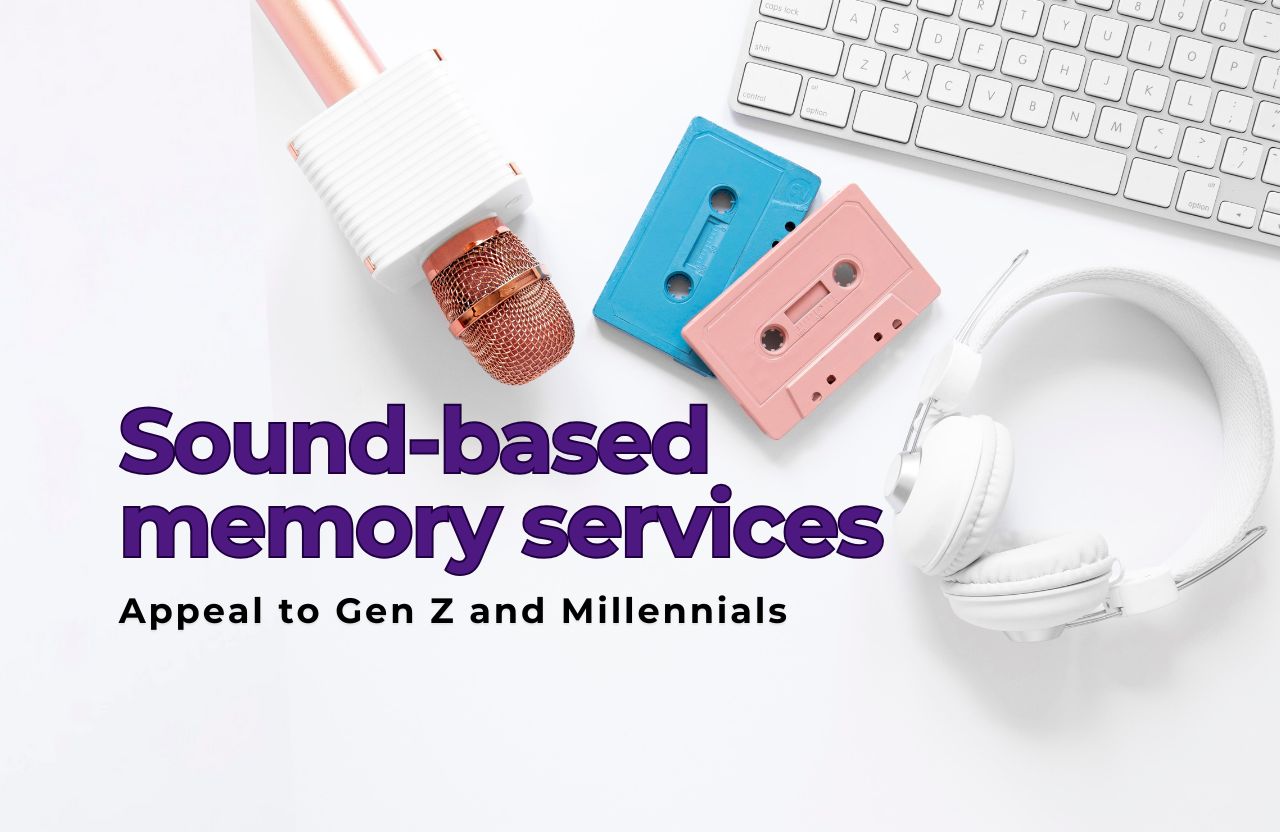The Development of AI and its Plagiarism Complications
The advent of AI has dramatically affected the content creation process. However, creating text, graphics, or even coding by an AI that matches existing works considerably brings forth the more complex issue of generative AI plagiarism. There is no denying that AI tools help save time and enhance it, but originality becomes a central ethical and legal grey area.
The authenticity of an article, research paper, or creative writing generated using an AI tool requires special attention today. This guide highlights how generative AI plagiarism occurs and offers viable solutions to ensure originality while using AI integration tools.
The Bottomless Definition of Generative AI Plagiarism
Defining AI-Powered Content
Generative AI entails artificial intelligence models that create new content by gathering information from a multitude of datasets. These models perform pattern recognition over preexisting human material and subsequently create documents, images, and even codes. But this also poses a problem when it comes to originality.
The Danger of AI-Generated Work in Terms of Plagiarism
In total, there are three ways through which generative AI plagiarism can take place:
- Matching Existing Repositories: The intention behind creating AI models does serve good purposes, but these examples suggest that a model closely replicates pre-existing repositories, which might lead to false claims of plagiarism.
- Paraphrased Content: AI tends to plagiarize from its training data by paraphrasing its content, and this is a problem when the produced content is not original.
- Lack of Proper Attribution: AI-generated content does not respect the separation of two intellectual properties by drawing phrases or concepts from other works without citing them.
The Ethical and Legal Implications of AI Plagiarism
Ethical Concerns
In all facets of life, from business to education, the intention to plagiarize or not means a loss of credibility, originality, and fairness, which is paramount. In particular, journalists, scholars, and students who utilize AI systems must deliberately ensure that they do not breach ethical norms. Pieces of work that would require the entire time to edit will alienate the audience and result in people losing faith in AI-based content.
Legal Consequences
The Copyright law protects content, which can lead to issues of generative AI plagiarism when work that is created by using artificial intelligence crosses over with source material. Businesses and content creators need to consider the consequences of being sued for copyright violation , such as lawsuits, fines, and content takedown notices.
How to Ensure Originality When Using Generative AI
Use AI Responsibly
AI should never supplant human resourcefulness but rather serve as a tool to offer support. AI-generated content should not be wholly adopted; it should serve as a springboard upon which the user builds through their personal knowledge and style.
Perform Plagiarism Checks
Before publishing any content produced by AI or submitting it, pass it through a plagiarism or AI detector first like:
AI Detectors or plagiarism checker sites intend to help users detect and avert situations of copied work. By employing advanced algorithms and proprietary databases, the site scans the provided text against total content available online, academic documents, and more. The site will be useful for learners, teachers, authors, and professionals looking to ensure their work is original. It also provides an easy-to-use interface, comprehensive report, and support for multiple languages which makes it a valuable resource for ensuring content originality in diverse industries.
Cross Check Towards Multiple Information Sources
The information and data an AI generator presents are not always guaranteed to be correctly attributed. Therefore, it is wise to check reputable sources to give credibility to information and to prevent plagiarism or dissemination of false information.
Adapt And Add AI Text Human Touchness
To make sure there isn’t anything deemed as generative AI plagiarism, the information should be made original by doing the following:
- Including personal views, illustrations, or perspectives.
- Incorporating the content into one’s style of writing.
-Using one’s words to rephrase the AI-generated sections. A paraphrasing tool can help refine AI-generated text and ensure uniqueness.
Human addition is essential as AI text lacks a natural tone and personal experiences.
Development With Ethical Conduct Guidelines On Plagiarism Resolutions AI Models
It is essential to have ethical lines when developing AI models, especially for businesses and developers. Implementing a zero-tolerance policy on plagiarism, improper attribution, and failure to produce original content is the best way to reduce risk when dealing with AI systems.
Inform Users on AI and Plagiarism Dangers
Educational bodies and employers are responsible for outlining the challenges that plagiarism through generative AI poses for students, content creators, and professionals. Frameworks on the appropriate use of AI technology and content synthesis thinking should exist.
The Scope of AI and Authenticity in the Coming Years
AI’s potential to create ethical works will develop alongside its capabilities, which it is now doing, enhancing its plagiarism detection abilities. Developers are focused on advancing AI systems so that the content produced with the aid of AI meets originality criteria.
Authorities are also drafting legislation on the scope of AI plagiarism to defend the intellectual property of others and the material produced by AI systems.
Conclusion: The intersection between innovation in AI and ethics in content development
The issues that arise from generative AI plagiarism are equally numerous and complex. AI technology offers numerous possibilities to increase productivity and creativity, but it needs to be properly controlled. In the case of AI assistance, employing plagiarism detection techniques, appropriate referencing, and human editing are critical for ethical content delivery.
Businesses, writers, and researchers can utilize AI technology while safeguarding originality and integrity in their work if they recognize the risks and adhere to the recommended practices.













